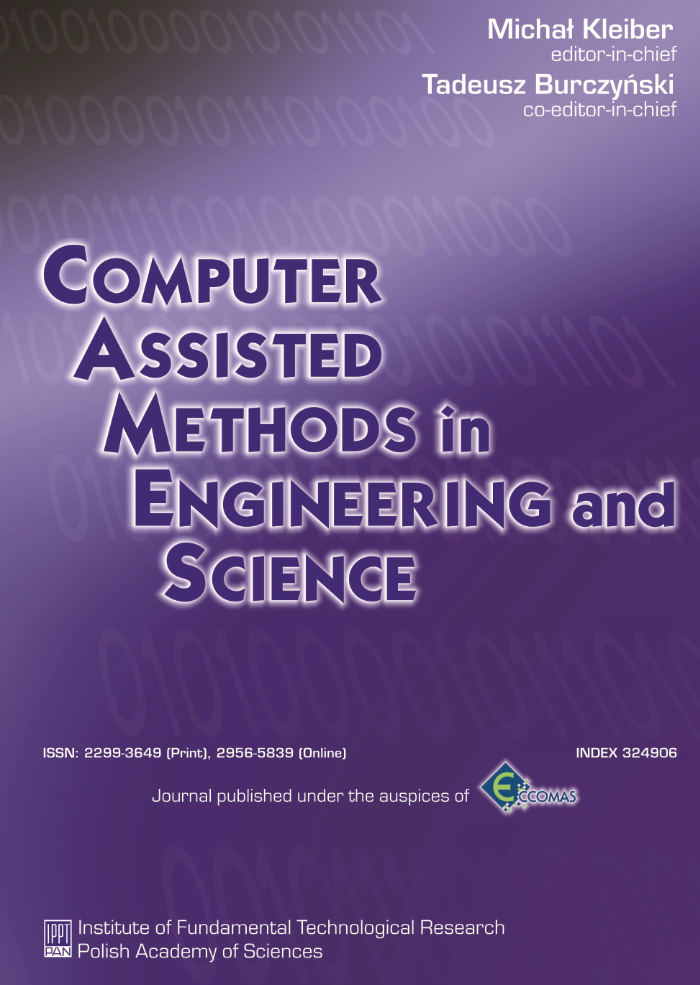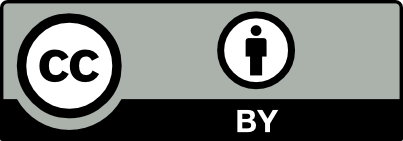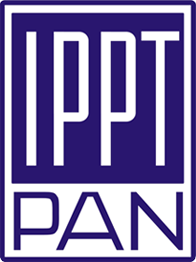Abstract
Based on numerical solutions that minimize the total potential energy of trusses subjected to static loads, with specified displacements at selected support nodes and simultaneous fulfillment of the isoperimetric condition on the structure’s volume, several properties of optimally designed structures are revealed. The most significant finding is the relatively frequent occurrence of non-unique global solutions, represented as vectors of cross-sectional areas of members in the stress-based version of topology optimization problem. A key aspect of the presented method is the objective function, derived from Castigliano’s theorem, which minimizes the total potential energy. Unlike traditional approaches that optimize transverse areas of the members, this method uses statically admissible forces in the truss members as design variables. This formulation allows for a free search of solutions, including cases where certain members can disappear in the optimal design. Numerous tests have revealed an interesting property of the objective function, indicating that global solutions are located at the bottom of a long valley in its graph within the space Rr +1, where r denotes the size of the kernel of the equilibrium matrix governing the force balance equations of the nodes of the truss structure.
Keywords:
topology optimization, trusses, prescribed displacements, non-uniqueness of optimal solutions, narrow valleyReferences
2. W. Hemp, Optimum Structures, Clarendon Press, Oxford, 1973.
3. M.P. Bendsøe, Optimization of Structural Topology, Shape, and Material, Springer, Berlin, 1995.
4. M.P. Bendsøe, A. Ben-Tal, J. Zowe, Optimization methods for truss geometry and topology design, Structural Optimization, 7: 141–159, 1994, https://doi.org/10.1007/BF01742459.
5. T. Lewiński, T. Sokół, C. Graczykowski, Michell Structures, Springer, Cham, 2019.
6. W. Achtziger, Truss topology optimization including bar properties different for tension and compression, Structural Optimization, 12: 63–74, 1996, https://doi.org/10.1007/BF01270445.
7. M. Gilbert, A. Tyas, Layout optimization of large-scale pin-jointed frames, Engineering Computations, 20(8): 1044–1064, 2003, https://doi.org/10.1108/02644400310503017.
8. L. He, M. Gilbert, Rationalization of trusses generated via layout optimization, Structural and Multidisciplinary Optimization, 52(4): 677–694, 2015, https://doi.org/10.1007/s00158-015-1260-x.
9. L. He, M. Gilbert, T. Johnson, T. Pritchard, Conceptual design of AM components using layout and geometry optimization. Computers & Mathematics with Applications, 78(7): 2308–2324, 2018, https://doi.org/10.1016/j.camwa.2018.07.012.
10. T. Sokół, T. Lewiński, Simply supported Michell trusses generated by a lateral point load, Structural and Multidisciplinary Optimization, 54: 1209–1224, 2016, https://doi.org/10.1007/s00158-016-1480-8.
11. K. Bołbotowski, T. Lewiński, T. Sokół, Michell structures within L-shaped domains, Computer Assisted Mechanics and Engineering Sciences, 27(2–3): 185–204, 2020, https://doi.org/10.24423/cames.281.
12. T. Sokół, G.I.N. Rozvany, Exact truss topology optimization for external loads and friction forces, Structural and Multidisciplinary Optimization, 48: 853–857, 2013, https://doi.org/10.1007/s00158-013-0984-8.
13. S. Czarnecki, Compliance optimization of the truss structures, Computer Assisted Mechanics and Engineering Sciences, 10(2): 117–137, 2003.
14. S. Czarnecki, T. Lewiński, Trusses of the smallest total potential energy, Bulletin of the Polish Academy of Sciences Technical Sciences, 73(1): e151673, 2024, https://doi.org/10.24425/bpasts.2024.151673.
15. C. Barbarosie, S. Lopes, A generalized notion of compliance, Comptes Rendus M´ecanique, 339(10): 641–648, 2011, https://doi.org/10.1016/j.crme.2011.07.002.
16. F. Niu, S. Xu, G. Cheng, A general formulation of structural topology optimization for maximizing structural stiffness, Structural and Multidisciplinary Optimization, 43: 561–572, 2011, https://doi.org/10.1007/s00158-010-0585-8.
17. A. Klarbring, N. Str¨omberg, A note on the min-max formulation of stiffness optimization including non-zero prescribed displacements, Structural and Multidisciplinary Optimization, 45: 147–149, 2012, https://doi.org/10.1007/s00158-011-0674-3.
18. A. Klarbring, Design optimization based on state problem functionals, Structural and Multidisciplinary Optimization, 52: 417–425, 2015, https://doi.org/10.1007/s00158-015-1240-1.
19. S. Czarnecki, Isotropic material design, Computational Methods in Science and Technology, 21(2): 49–64, 2015, https://doi.org/10.12921/cmst.2015.21.02.001.
20. S. Czarnecki, T. Łukasiak, Auxetic properties of the stiffest elastic bodies as a result of topology optimization and microstructures recovery based on homogenization method, Physica Status Solidi B, 261(12): 2300495, 2024, https://doi.org/10.1002/pssb.202300495.
21. S. Czarnecki, T. Lewiński, The isotropic material design of in-plane loaded elasto-plastic plates, Materials, 14(23): 7430, 2021, https://doi.org/10.3390/ma14237430.
22. W.H. Press, S.A. Teukolsky, W.T. Vetterling, B.P. Flannery, Numerical Recipes in C – The Art of Scientific Computing, 2nd ed., Cambridge University Press, Cambridge 1992.
23. A. Shterenlikht, N.A. Alexander, Levenberg–Marquardt vs Powell’s dogleg method for Gurson–Tvergaard–Needleman plasticity model, Computer Methods in Applied Mechanics and Engineering, 237–240: 1–9, 2012, https://doi.org/10.1016/j.cma.2012.04.018.
24. Q.-X. Li, R.-Q. He, Z.-Y. Lu, Accelerating optimization by tracing valley, Computer Physics Communications, 203: 168–177, 2016, https://doi.org/10.1016/j.cpc.2016.03.002.
25. S. Czarnecki, Edgeworth-Pareto optimal trusses of least compliance, [in:] Mechanics and Materials, S. Jemioło, M. Lutomirska [Eds.], pp. 61–75, Oficyna Wydawnicza Politechniki Warszawskiej, Warsaw, 2013.
26. S. Czarnecki, T. Lewiński, Optimal design of non-homogeneous isotropic material properties for the multiple loading conditions, Physica Status Solidi B, 254(12): 1600821, 2017, https://doi.org/10.1002/pssb.201600821.
27. M.E. Gurtin, An Introduction to Continuum Mechanics, Academic Press, New York, 1981.







